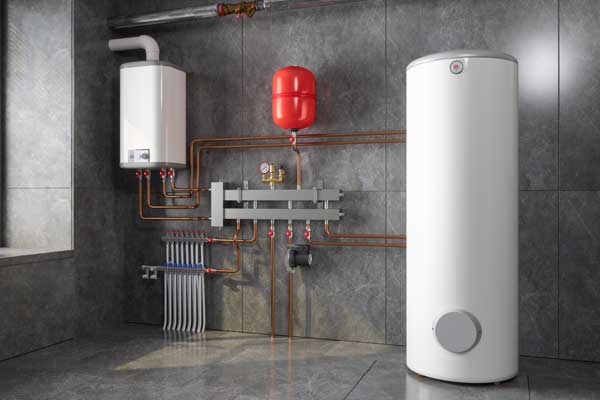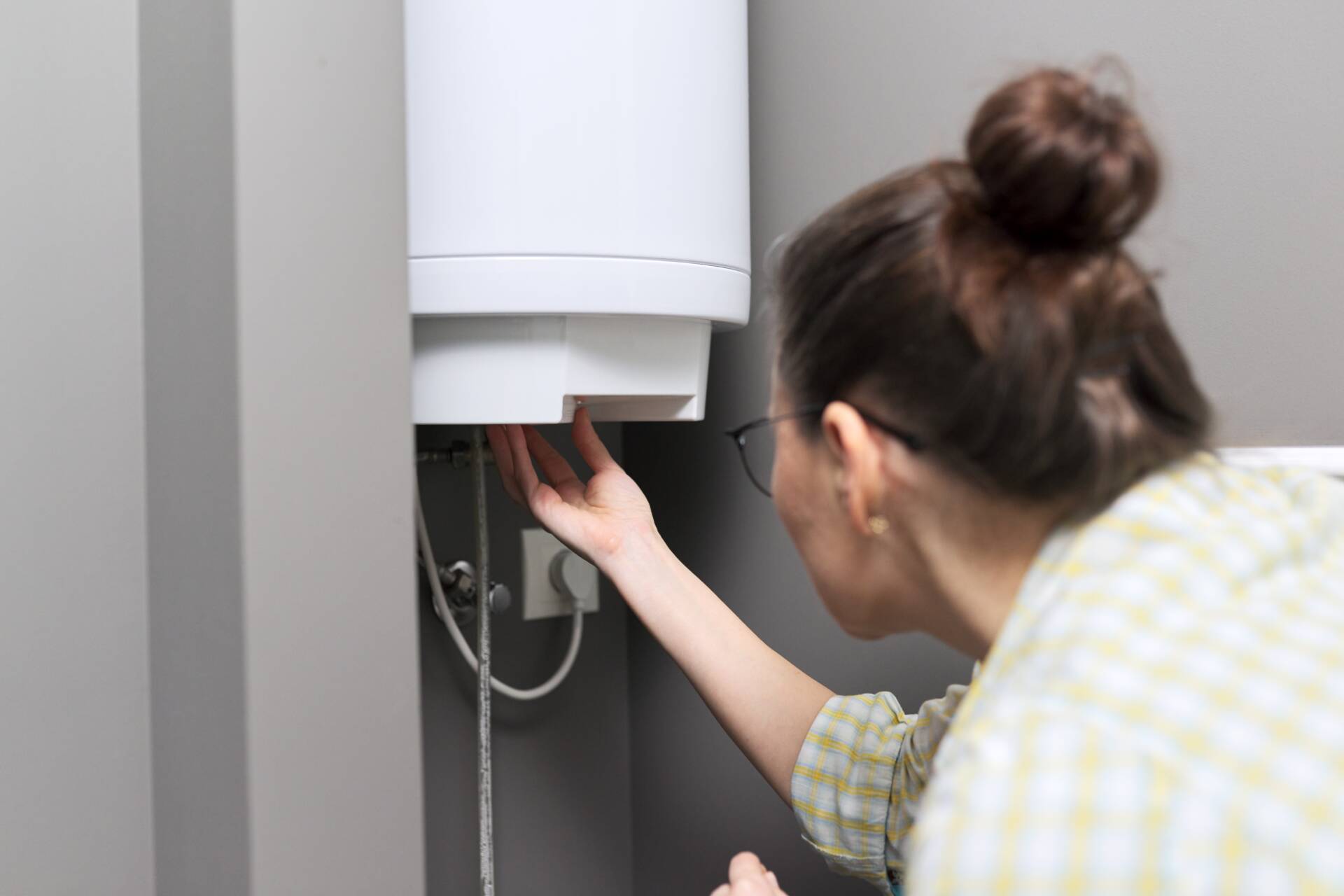Listed here on the next paragraphs you'll find a good deal of outstanding additional info on the subject of Tips For Maintaining Your Hot Water Heater.

Hot water is necessary for day-to-day comfort, whether it's for a revitalizing shower or washing meals. To guarantee your hot water system runs effectively and lasts much longer, routine upkeep is crucial. This article gives useful suggestions and understandings on how to preserve your home's warm water system to avoid disturbances and costly fixings.
Introduction
Preserving your home's hot water system may appear challenging, yet with a couple of basic actions, you can ensure it operates efficiently for several years to come. This guide covers whatever from recognizing your hot water system to do it yourself upkeep tips and knowing when to employ specialist help.
Significance of Preserving Your Warm Water System
Regular upkeep not just expands the life expectancy of your warm water system but likewise ensures it operates effectively. Disregarding upkeep can lead to reduced effectiveness, greater power costs, and even premature failing of the system.
Signs Your Hot Water System Requirements Maintenance
Understanding when your warm water system requires focus can avoid significant problems. Keep an eye out for signs such as inconsistent water temperature, strange sounds from the heating system, or rusty water.
Comprehending Your Hot Water System
Before diving into maintenance tasks, it's helpful to understand the basic components of your hot water system. Generally, this includes the water heater itself, pipes, anode rods, and temperature controls.
Monthly Upkeep Tasks
Normal month-to-month checks can aid capture small concerns prior to they intensify.
Flushing the Hot Water Heater
Purging your hot water heater eliminates debris accumulation, enhancing efficiency and prolonging its life.
Monitoring and Changing Anode Rods
Anode rods prevent rust inside the tank. Inspecting and changing them when broken is important.
Examining and Adjusting Temperature Level Settings
Readjusting the temperature level settings makes certain optimum performance and safety.
Do It Yourself Tips for Upkeep
You can do a number of upkeep jobs yourself to maintain your hot water system in top condition.
Looking for Leaks
Routinely evaluate pipelines and connections for leakages, as these can result in water damage and greater expenses.
Testing Stress Relief Valves
Examining the pressure safety valve guarantees it operates appropriately and avoids too much stress buildup.
Protecting Pipelines
Insulating warm water pipes minimizes heat loss and can save power.
When to Call an Expert
While do it yourself upkeep is advantageous, some concerns need expert proficiency.
Facility Issues Calling For Professional Aid
Examples consist of significant leaks, electrical troubles, or if your water heater is continually underperforming.
Routine Specialist Maintenance Benefits
Expert upkeep can include complete inspections, tune-ups, and making sure compliance with security criteria.
Conclusion
Routine maintenance of your home's warm water system is crucial for efficiency, durability, and expense financial savings. By adhering to these suggestions and understanding when to look for professional help, you can make sure a reputable supply of warm water without unanticipated disruptions.
Water Heater Maintenance Tips
Test the TPR Valve
Shut off the power and the cold-water supply valve. Place a bucket under the pipe connected to the temperature-pressure-release (TPR) valve on the top or side of the tank. (This valve opens if the tank pressure gets too high.) Lift the valve’s tab to let some water out, then let go. If water keeps flowing, drain the tank partway, unscrew the old valve with a pipe wrench, and install a new one. Check the Anode Rod
Put a hose to the tank’s drain cock and let out a few gallons of water. Now fit a 1 1/16-inch socket onto the rod’s hex head on top of the heater (or under its top plate) and unscrew the rod. If it’s less than ½ inch thick or coated with calcium, buy a new one, wrap its threads with Teflon tape, put it back in the tank, and tighten securely. Use this segmented rod if headroom above the tank is limited. Drain the Tank and Wash Out Sediment
Drain the remaining water in the tank into the bucket, then stir up the sediment on the tank’s bottom by briefly opening the cold-water supply valve. Drain and repeat until clean water comes out of the hose. Close the drain cock, refill the tank, and turn its power back on. Adjust the Temperature
Find the temperature dial on the side of the tank and unscrew its cover. Adjust the dial to 120 degrees using a flathead screwdriver. For every 10 degrees the temperature is lowered, you can expect to save up to 5 percent in energy costs. Turn the water heater off or the thermostat down to its lowest setting if you plan to be away from home for more than three days. Insulate the Pipes
Buy some self-sticking 3/8-inch-thick foam pipe insulation that matches the pipes’ diameter. Slide the foam over the hot-and cold-water pipes as far as you can reach. Insulating the cold-water pipe prevents condensation in summer. Peel the tape and squeeze the insulation closed. If the pipe is 6 inches or less from the flue, cover it with 1-inch-thick unfaced fiberglass pipe wrap. https://www.thisoldhouse.com/plumbing/21016402/how-to-maintain-a-water-heater

I came across that article about Tips on Maintaining a Water Heater while doing a lookup on the internet. Please pause to share this content if you liked it. Thanks a bunch for your time. Please check up our blog back soon.
Click Here